Protein is protein, right? Well… not exactly. Sure, they all do the same basic job, fueling your muscles, keeping you full, and supporting overall health, but not all protein powders are created equal.
Whey protein is the classic, the most widely used, and for good reason. It’s tried, tested, and fast-acting. Plant-based protein, on the other hand, is newer on the scene but rapidly gaining popularity for its versatility, health perks, and vegan-friendly appeal.
At first glance, the difference seems simple: one comes from dairy, the other from plants. But there’s a lot more under the surface.
Curious which one is the right fit for your body and goals? In this post, we’re breaking down plant protein vs whey protein so you can make an informed, confident choice for your health goals.
Key Takeaways
- Whey protein offers complete amino acids and fast absorption - Contains all 9 essential amino acids with rapid 10g/hour absorption rate, making it ideal for post-workout muscle recovery.
- Plant proteins provide heart health benefits but require strategic blending - Single plant sources lack complete amino acids, but proper combinations can achieve 98.8% similarity to animal proteins.
- Both proteins deliver 20-30g per serving with distinct advantages - Whey excels in muscle synthesis while plant proteins offer fiber, anti-inflammatory properties, and cardiovascular benefits.
- Your specific needs determine the best choice - Consider lactose tolerance, dietary restrictions, ethical preferences, and whether you prioritize rapid muscle building or overall health benefits.
- Timing and consistency matter more than protein type - Daily protein distribution across meals (1.2-1.7g per kg bodyweight) impacts results more than choosing between whey or plant sources.
Understanding Protein and Its Role in the Body
Protein is an essential building block of the body that is used to build, repair, and maintain everything from muscles to skin to vital organs.
At its core, protein is made up of amino acids, tiny molecules linked together in long chains. These chains fold into specific structures that perform a mind-blowing variety of functions. Your body uses 20 different amino acids to make all the proteins it needs. Nine of these are essential amino acids, meaning your body can’t produce them and you need to get them from food. The rest are non-essential amino acids, which your body can make on its own.
So why does this matter? Protein is absolutely crucial for:
- Muscle growth and repair: Every time you exercise, your muscles develop tiny tears. Protein helps repair these tears and build stronger muscle fibres, keeping you fit and resilient.
- Tissue and organ maintenance: From bones and hair to skin and organs, protein keeps your body functioning and looking its best.
- Hormone and enzyme production: Proteins form the basis of enzymes and hormones, which regulate countless processes, from metabolism to mood.
- Immune support: Antibodies, your body’s defence against infection, are made from protein.
- Other vital functions: Proteins play a role in blood clotting, fluid balance, and transporting oxygen through haemoglobin.
- Energy and satiety: While carbs and fats are your body’s preferred energy sources, protein can fill in when needed and helps you feel full, which is key for weight management.
But, your daily protein intake needs depend on your lifestyle too:
- Sedentary adults: Around 0.8 grams per kilogram of body weight.
- Active individuals: 1.2–2.0 grams per kilogram, depending on exercise intensity.
- Athletes and strength trainers: 1.6–2.4 grams per kilogram to support muscle growth, repair, and recovery.
In short, protein isn’t just about lifting weights or building muscles—it’s the foundation of nearly every critical process in your body. Understanding its role is the first step toward making smarter choices about the protein you consume, whether from whole foods or supplements.

Whey Vs Plant Protein
What is Whey Protein?
Whey protein is one of the most popular protein supplements. It comes from milk, specifically as a byproduct of cheese-making. When milk is turned into cheese, it separates into solid curds and liquid whey. This liquid part is collected, processed, and turned into the powdered supplement you see in stores.
💡Fun fact: cow’s milk is about 20% whey and 80% casein, while human milk contains around 60% whey, which helps explain its rapid digestibility.
When it comes to whey protein, there are three main types, each catering to different goals:
- Whey Protein Concentrate (WPC): Contains 70–85% protein, with higher levels of fat and lactose. It’s flavourful, budget-friendly, and a great starting point for anyone new to protein supplements.
- Whey Protein Isolate (WPI): Filtered to over 90% protein with minimal fat and lactose. Ideal if you’re chasing lean muscle or watching your carbohydrate intake.
- Whey Protein Hydrolysate (WPH): A premium, “predigested” form that absorbs exceptionally well. Hydrolysis can increase insulin response by 28–43% compared to isolate, making it popular for post-workout recovery.
Whey protein is a complete protein, meaning it contains all nine essential amino acids, the ones your body cannot make on its own. It’s especially rich in branched-chain amino acids (BCAAs), which are crucial for muscle growth and repair.
What is Plant Protein?
Plant protein comes from a variety of plants like legumes (peas, soy, chickpeas), grains and pseudocereals (rice, quinoa, buckwheat), and seeds (hemp, chia, pumpkin). It’s becoming more popular because it’s healthy, eco-friendly, and suitable for vegans and vegetarians.
There are two main types of plant proteins:
- Single-source proteins: Made from one plant (like pea protein). Often they don’t contain all the essential amino acids. For example, legumes may be low in methionine, and grains may lack lysine.
- Blended proteins: Combine multiple plant sources (like pea + rice) to create a complete protein, giving you all the essential amino acids your body needs.
The best plant proteins today are designed to be smooth, tasty, and easy to digest. Nutritionally, plant proteins usually have slightly fewer essential amino acids than whey, but some exceptions exist:
- Soy protein is just as complete as whey.
- Proteins from canola, potato, pea, and quinoa score well for quality.
Plant proteins are often high in other beneficial amino acids like arginine, cysteine, glutamine, and glycine, which support heart health, immunity, and recovery. By eating a variety of plant proteins throughout the day, you can meet all your amino acid needs without missing anything.

Key Differences & Considerations
Comparing Digestibility and Absorption
How quickly and efficiently your body absorbs protein can make a big difference in results. Whey and plant proteins are processed differently, and knowing how each works can help you pick the right one for your fitness goals.
Whey Protein: Fast-Acting Muscle Fuel
Whey is often called a “fast-acting” protein because your body digests it quickly, about 10 grams per hour. Whey Protein Hydrolysate (WPH) is even faster. Partially “predigested,” it spikes amino acids in your blood quicker than regular whey, which speeds up muscle protein synthesis—the process your body uses to build new muscle.
Plant Protein: Slower, Steady Digestion
Plant proteins naturally digest a bit slower, with absorption rates around 50–75%, compared to 85–95% for animal-based proteins like whey. Processing methods like soaking, cooking, fermentation, or isolating protein can and improve absorption, sometimes matching animal proteins.
Factors That Affect Protein Absorption
Several things influence how your body digests protein:
- Enzymes: Proteins need to be broken down by enzymes for absorption.
- Protein structure: Some proteins are easier for enzymes to digest than others.
- Processing methods: Cooking, fermentation, and isolation can make proteins easier to absorb.
- Amino acid profile: Proteins with all essential amino acids are more effective for muscle building.
Complete vs Incomplete Proteins
Proteins are made of amino acids, and your body needs nine essential amino acids it cannot produce on its own: histidine, isoleucine, leucine, lysine, methionine, phenylalanine, threonine, tryptophan, and valine. These are vital for muscle growth, immune function, and overall health.
- Whey protein is complete, containing all essential amino acids in the right ratios, and is especially rich in BCAAs (leucine, isoleucine, valine) that trigger muscle growth.
- Plant proteins are often missing one or more essential amino acids. Smart combinations, like rice + pea or beans + grains, create a complete profile that can match animal proteins’ quality.
Muscle Growth and Recovery
Protein is the building material your body needs to grow and repair muscles. But not all proteins are created equal, and the type and quality of protein you consume can make a big difference in how effectively your body builds and recovers muscle.
Complete Proteins Make Muscle Building Easier
A complete protein contains all nine essential amino acids, the ones your body cannot produce on its own. These amino acids are the “raw materials” your body uses to repair muscle fibers that get broken down during exercise.
Whey protein is a perfect example of a complete protein, packed with branched-chain amino acids (BCAAs) like leucine, which plays a key role in triggering muscle protein synthesis, the process your body uses to create new muscle.
Small Doses Go a Long Way
You don’t always need huge amounts of protein to stimulate muscle growth. Even a small dose of essential amino acids can kickstart muscle protein synthesis. This is why protein timing around workouts, especially post-exercise, can be so important.
That’s why consuming protein after a workout helps your muscles repair faster, reducing soreness and supporting stronger gains over time.
Plant Proteins Can Work Just as Well
Most plant proteins are incomplete, meaning they’re low in one or more essential amino acids. But when you combine plant proteins, such as pea + rice or beans + grains, you get a complete amino acid profile.
With the right combination and sufficient intake, blended plant proteins can stimulate muscle growth and support recovery just like whey protein, making them a great option for vegans or those avoiding dairy.
But, Recovery Isn’t Just About Growth
Protein also helps your muscles repair tiny tears that happen during workouts, replenishes energy stores, and reduces the risk of injury. Eating protein consistently throughout the day, not just at the gym, ensures your muscles always have the nutrients they need to recover efficiently.
Health Benefits Beyond Muscle
Both whey and plant proteins provide valuable health benefits beyond muscle growth. Whey protein shines for immune support, muscle preservation, and bone health, while plant proteins excel at heart health, gut health, and reducing inflammation. Choosing the right protein can support not just your workouts, but your overall long-term health too!
Whey Protein Benefits
- Supports Immunity: Whey protein contains proteins that help your body fight infections by targeting harmful bacteria and viruses. It’s also rich in glutamine, an amino acid that serves as fuel for immune cells. This can help reduce how often athletes or active people get sick.
- Helps Maintain Lean Muscle While Burning Fat: Whey protein’s high content of branched-chain amino acids (BCAAs) helps preserve lean muscle mass, even when you’re in a calorie deficit for fat loss. Research shows that consuming whey protein can slightly increase calorie burn and reduce appetite, helping you manage your weight more effectively.
- Supports Bone Health: Whey protein naturally contains calcium and phosphorus, essential minerals for keeping bones strong and healthy. This makes it especially valuable for anyone concerned about bone density or at risk of osteoporosis.
- Keeps You Full and Reduces Cravings: Protein slows digestion and helps regulate hormones that control hunger. Eating whey protein regularly can keep you feeling fuller for longer, reduce snacking between meals, and support a healthier overall diet.
Plant Protein Benefits
- Supports Heart Health: Plant proteins can help lower LDL cholesterol (the “bad” cholesterol), which reduces the risk of heart disease. Studies show that people who replace some animal protein with plant protein may cut their risk of heart disease by up to 27%.
- Anti-Inflammatory and Gentle on the Gut: Plant proteins generally cause less inflammation in the body compared to some animal proteins. They’re also easier on the digestive system for people who are sensitive to dairy or other animal products.
- Supports Digestion and a Healthy Microbiome: Many plant proteins come with fiber, which feeds the beneficial bacteria in your gut. A healthy gut microbiome improves digestion, nutrient absorption, and even supports immune function.
🛒Fuel Your Body with the Best Plant Proteins. At Hercules Supplements, we offer the smoothest, most effective plant-based protein powders designed to support muscle growth, recovery, and overall health—without any gritty texture or bloating. Shop our range today and power your performance the plant-powered way!
Taste, Texture, and Culinary Uses
The flavor and texture of your protein powder can make a huge difference in whether you actually enjoy it, or if it ends up sitting on your shelf. Both whey and plant proteins can be delicious and versatile when you know how to use them.
Whey Protein
Whey protein has a naturally creamy and smooth texture, which makes it easy to blend into shakes, smoothies, baked goods, and even coffee drinks. Its mild, slightly milky taste adapts well to a variety of recipes, making it one of the easiest proteins to incorporate into your daily routine.
Plant Protein
Plant proteins can sometimes have earthy, grassy, or beany flavours, which some people find off-putting. The good news is that there are simple ways to make plant protein taste great and feel smooth:
- Blending with milk alternatives like almond, oat, or soy milk adds creaminess.
- Using natural sweeteners like fruit, honey, or maple syrup helps mask any bitter notes.
- Cold liquids often improve flavor and texture, making shakes taste fresher.
High-quality plant protein powders, like Protein of the Gods: Ultimate Harvest, are formulated to be smooth, gut-friendly, and free from grit, bitterness, or bloating, so you get a clean, enjoyable shake every time!
Tips for Better Taste and Mixability
- Use cold liquids. Protein shakes generally taste better chilled.
- Blend with milk alternatives for a creamier texture.
- Add fruits or natural sweeteners instead of artificial flavours to enhance taste.
- Mix thoroughly or use a blender to avoid clumps and ensure a silky-smooth consistency.

Potential Side Effects and Precautions
While protein powders are generally safe and beneficial, it’s important to be aware of potential side effects and take precautions, especially if you have specific health conditions or sensitivities.
Whey Protein
- Lactose Intolerance and Digestive Discomfort: Whey protein comes from milk, so it contains lactose, a natural sugar found in dairy. Around 65% of people worldwide are lactose intolerant, which can lead to bloating, gas, stomach cramps, or diarrhoea after consuming whey. Whey protein concentrate still contains some lactose, while whey protein isolate undergoes extra processing and has much less lactose, making it easier for sensitive individuals to digest.
- Milk Allergies: A milk allergy is different from lactose intolerance and can be serious. Symptoms may include hives, swelling of the face or throat, or even anaphylaxis in severe cases. Anyone with a milk allergy should avoid all whey proteins.
- Kidney Considerations: High protein intake can increase the workload on your kidneys. People with existing kidney conditions should consult a healthcare professional before taking high doses of whey protein.
Plant Protein
- Anti-Nutrients and Digestive Issues: Some plant proteins naturally contain anti-nutrients, compounds that can interfere with nutrient absorption. Phytic acid binds minerals like calcium, iron, and zinc, which could reduce their absorption over time. Lectins may irritate the digestive tract, causing bloating, gas, or nausea in sensitive individuals.
- Sweeteners and Thickeners: Many plant protein powders include sugar alternatives like erythritol or xylitol, which can act as mild laxatives in large amounts. Thickeners and gums used to improve texture can ferment in the gut, sometimes leading to bloating or discomfort.
💡 Key Tips: Always read labels carefully and choose products that suit your digestive tolerance. Start with smaller servings to see how your body responds before increasing your dose.
Choosing the Right Protein for Your Goals
Not all protein powders are created equal, and the best choice depends on your goals, lifestyle, and preferences. Here’s how to make the right decision.
Fitness Goals
- If your goal is muscle gain, look for proteins with a high leucine content, like whey or certain plant protein blends. Leucine is a key amino acid that triggers muscle protein synthesis.
- For weight loss, choose powders with minimal added sugars or fillers like dextrins and maltodextrins. Lean protein formulas help you burn fat while protecting muscle.
- If you’re focused on general health or recovery, either whey or plant proteins can work as long as they meet your daily protein needs.
Dietary Restrictions
- Lactose intolerance? Whey protein isolate or plant-based proteins are easier on the digestive system.
- Vegan or plant-based? Look for soy, pea, or blended plant proteins. They provide a complete amino acid profile without animal products.
- Kidney concerns? Consider powders with lower protein content per serving (around 10–15g) to reduce kidney strain.
Personal Priorities
- If taste, texture, and convenience matter, some plant proteins, like Ultimate Harvest, prove you don’t have to compromise on flavour or smoothness!
- Budget is also a factor. Protein powder tubs are often cheaper per serving than pre-mixed shakes, giving you more flexibility and control over intake.
Differences At A Glance
|
Category |
Whey Protein |
Plant Protein |
|
Digestibility & Absorption |
Fast-digesting (≈10g/hour). Whey Hydrolysate is pre-digested for even quicker absorption. Absorption rate: 85–95%. |
Slower digestion; absorption rate around 50–75%. Processing methods (fermentation, isolation) can improve absorption and match animal protein. |
|
Amino Acid Profile |
Complete protein – contains all 9 essential amino acids in ideal ratios. High in BCAAs (leucine, isoleucine, valine) for muscle repair. |
Often incomplete – may lack 1 or more essential amino acids. Combining sources (e.g. rice + pea, beans + grains) creates a complete profile. |
|
Muscle Growth & Recovery |
Fast absorption and rich BCAAs make whey ideal post-workout for rapid muscle protein synthesis and recovery. |
Can support muscle growth and recovery when blended properly; slower digestion supports sustained recovery. Great for vegans or dairy-free users. |
|
Health Benefits |
- Supports immune health (rich in glutamine). - Helps maintain lean muscle while burning fat. - Promotes bone strength (contains calcium & phosphorus). - Keeps you fuller longer, aiding appetite control. |
- Supports heart health by lowering LDL cholesterol. - Naturally anti-inflammatory and gentle on digestion. - Promotes gut health via natural fibre that feeds good bacteria. |
|
Taste & Texture |
Creamy, smooth, and mild; blends easily into shakes, coffee, and baking. |
Earthy or nutty; varies by source. Best enjoyed blended with milk alternatives or fruit for smoother taste. Premium options (like Ultimate Harvest) avoid grit and bloating. |
|
Culinary Uses |
Excellent in smoothies, coffee, baking, or even oatmeal. |
Works well in smoothies, overnight oats, snacks, or protein-rich baked goods. |
|
Potential Side Effects |
- Lactose intolerance may cause bloating, gas, or cramps (less in isolate forms). - Milk allergy can cause severe reactions. - Kidney stress possible with excessive intake. |
- Contains anti-nutrients (phytic acid, lectins) that can affect absorption. - Sugar alcohols or gums may cause bloating or laxative effects. |
|
Ideal For |
- Fast muscle recovery and growth. - Non-vegans or those without lactose issues. - Post-workout nutrition. |
- Vegans, vegetarians, and dairy-sensitive users. - Sustainable, plant-forward lifestyles. - Balanced daily nutrition and heart health. |
|
Best Timing |
Immediately post-workout or in the morning for quick recovery and energy. |
Anytime during the day or before bed for steady nutrient release and overnight recovery. |
|
Absorption Boosters |
Enzyme-rich formulas and hydrolysed forms increase uptake. |
Blending and fermenting plant proteins improves digestibility and amino acid availability. |
Finding Your Perfect Protein Match
Both whey and plant proteins have unique strengths. Whey delivers fast muscle recovery, complete amino acids, and impressive results for athletes focused on strength and performance. Plant proteins, on the other hand, support heart health, digestion, and sustainability, making them ideal for those with dietary sensitivities or a plant-based lifestyle.
But, you don’t have to choose just one. Many people see great results using whey protein after workouts for fast recovery and plant protein throughout the day for steady nourishment. This balanced approach taps into the best of both worlds, quick repair and long-lasting support.
At the end of the day, the best protein is the one you enjoy and stick with. If it fits your lifestyle, tastes good, and supports your goals, it’s the right choice for you. Combine it with balanced meals, proper hydration, and a solid training plan to get real, lasting results.
Fuel Your Goals with Hercules Supplements
Whether you’re team whey, plant-based, or somewhere in between, Hercules Supplements has your back. Explore our full range of premium plant proteins, crafted to support strength, recovery, and everyday vitality.


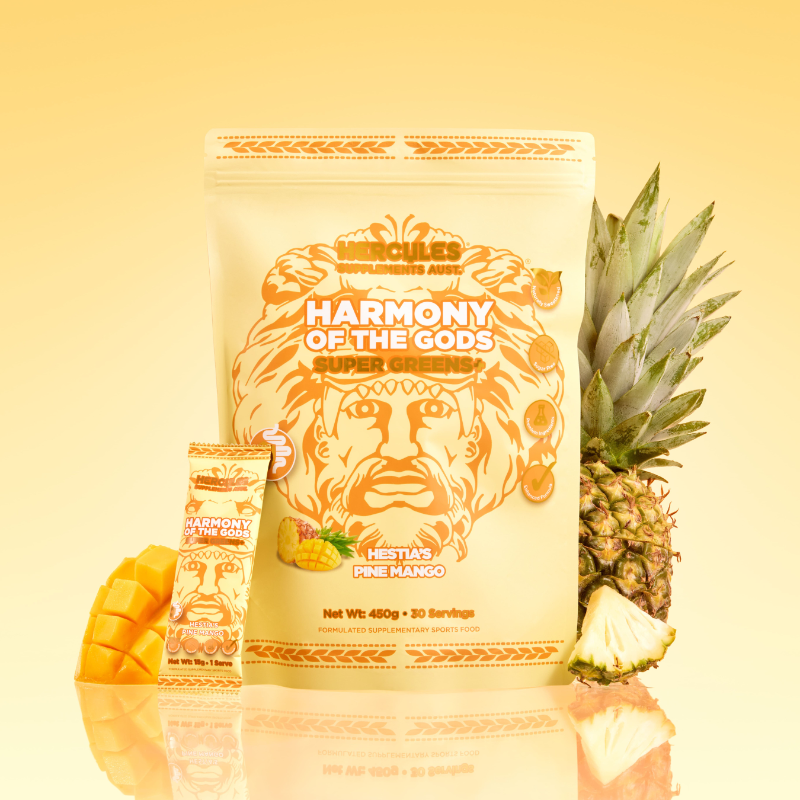
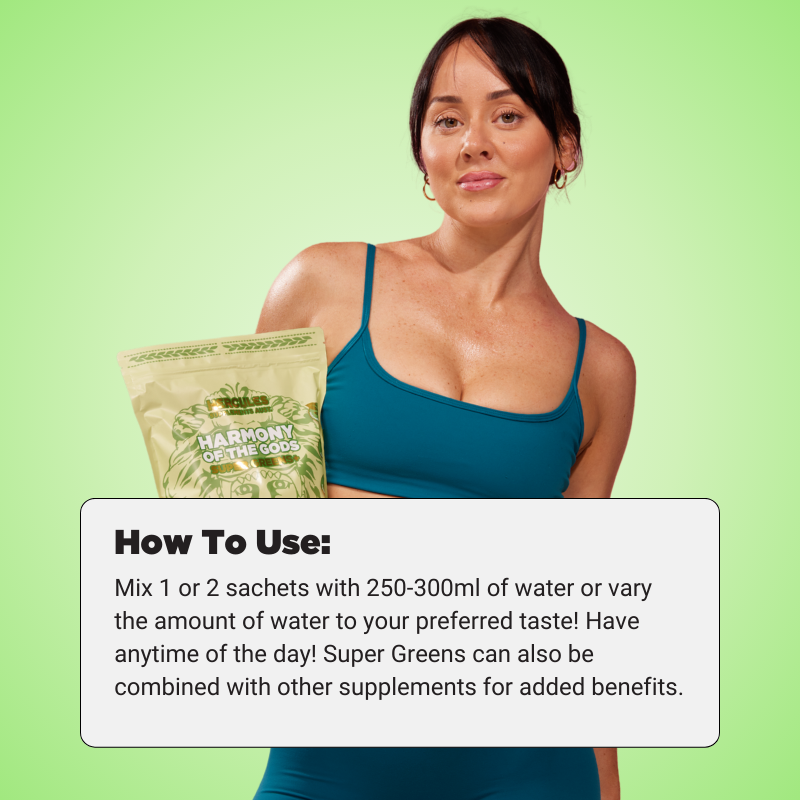
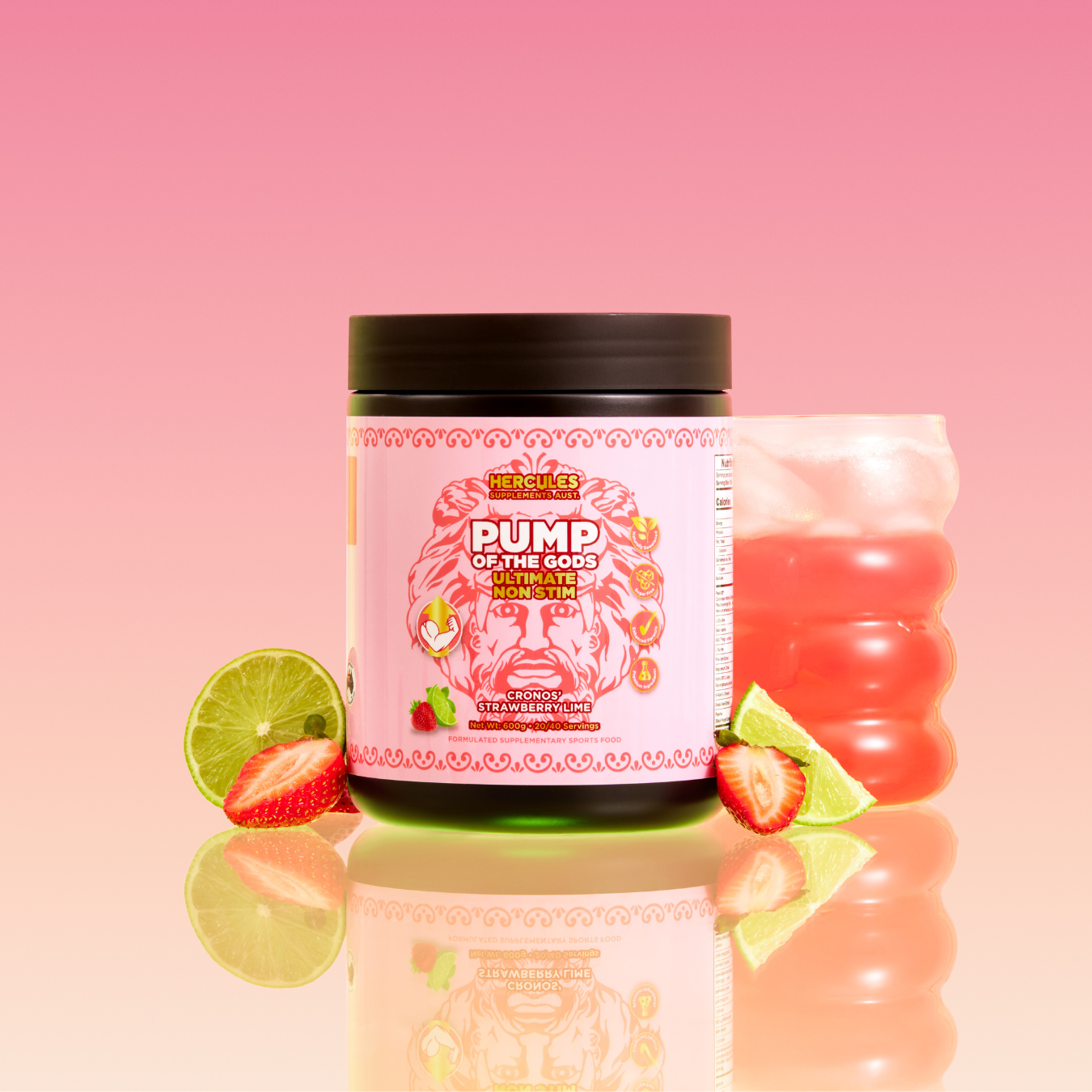
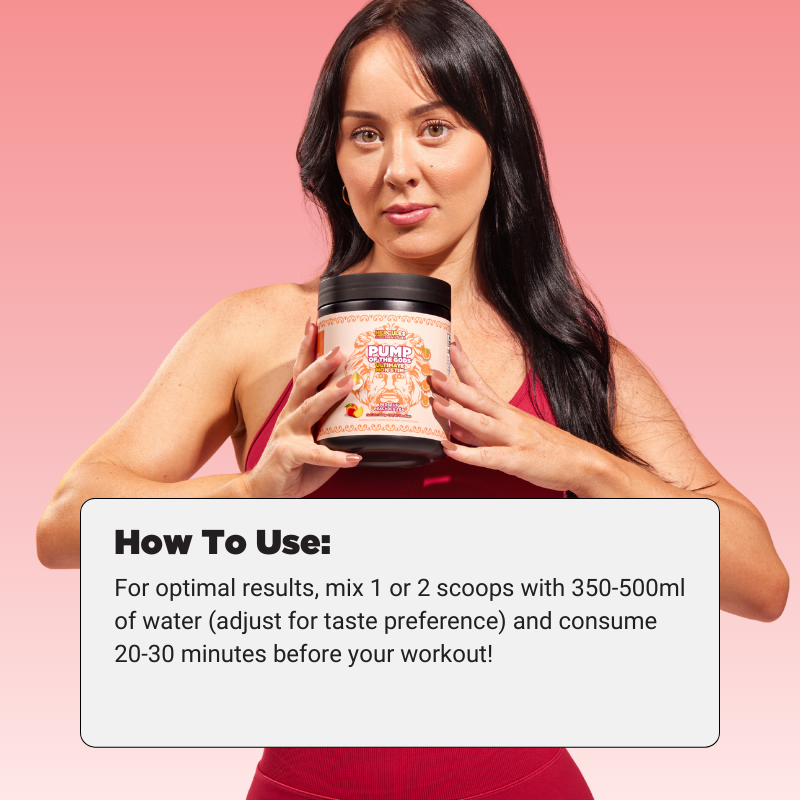

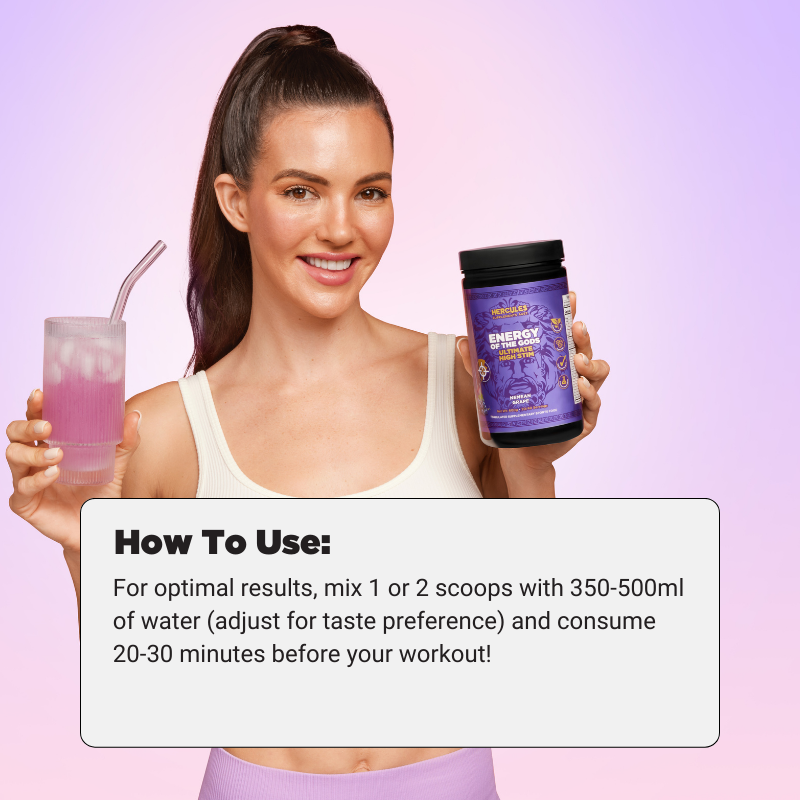

![The 7 Best Protein Supplements For Men [Australia 2025]](http://www.herculessupplements.com.au/cdn/shop/articles/group-portrait-of-runners-smiling-at-camera-2025-02-12-19-21-41-utc.jpg?v=1758098460&width=1500)
